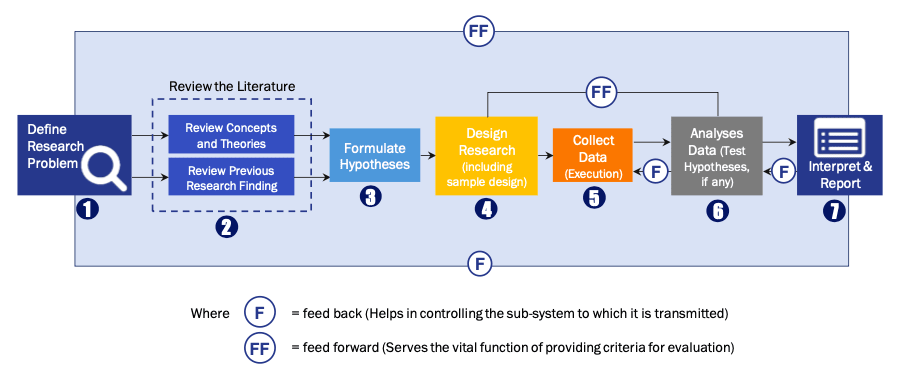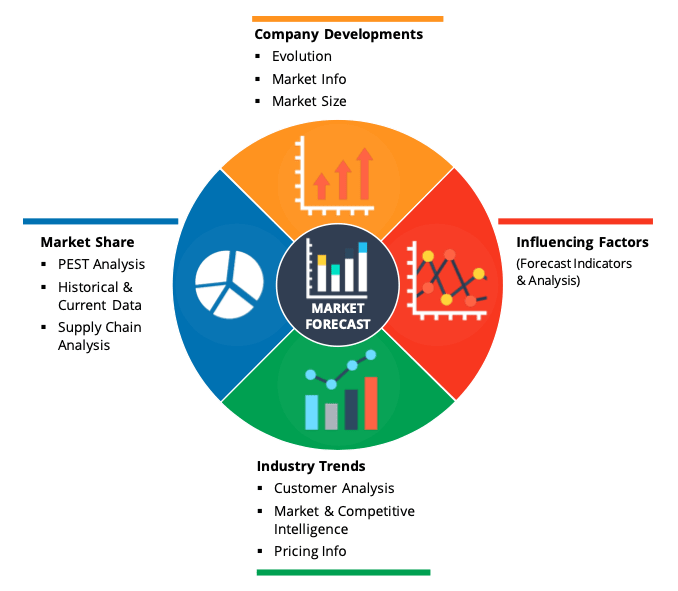Market OverviewIn highly competitive pharmaceutical business, computerisation can prove to be huge operational advantage and key differentiator for the players of all sizes. Future of healthcare industry is progressively being defined by advent of faster, easy-to-use, more accurate devices that are racing high on wave of medical automation. With the massive number of people above 60-year threshold, the healthcare sector is facing irresistible need to scale up the assets and brace forthe spike in healthcare needs. Hence, the automation is likely to be real game changer.
There are numerous market dynamics that are mutually creating need for the more automation in medical industry. According to the article published in the Health Affairs, there will be shortage of 260,000 listed nurses by the year 2025 in the U.S. The situation won’t be radically different in other advanced countries where workforce is aging rapidly. With less humans available to bring out all of the tasks in healthcare industry, pharmaceutical companies and healthcare institutions are focusing on the automation to get the redundant and repetitive tasks done. Though, as has been case with numerous other industries, computerisation is regarded as job killer and has been conflicting in several countries globally.
Segment OverviewMedical institutions as well as companies are channelling extra funds into the medical automation systems and the software induced by the benefits including cost containment, greater transparency in processing, increased speed, and reduction in errors. Thus lays a strong base for the growth of global market. Another change which is driving adoption of the medical automation is high degree of interest in the point-of-care testing devices for the pregnancy, blood pressure, blood glucose levels, and HIV.
Regional OverviewAs of 2019, North America is projected to hold the largest market share followed by Europe. However, Asia-Pacific market is likely to grow at highest CAGR from 2020 to 2026. Presence of large geriatric population; growing prevalence of diabetes, CVDs, and cancer; increasing number of the clinical research activities; and rising government expenditure on the healthcare as well as life sciences research are driving the growth of Asia-Pacific medical automation market.
Competitor overviewThe top developments that are shaping global medical automation market are inexpensive automation software and the systems make everyday tasks easier. There is massive market that previously remains untapped in the emerging countries, where healthcare sector is packed under the burden of outdated machinery and techniques. The gap could provide window of prospect for the companies offering the medical automation software as well as solutions.
Key Players
- Koninklijke Philips N.V.
- Siemens AG,
- General Electric Company
- Medtronic plc.
- Tecan Group Ltd.
- Intuitive Surgical, Inc.
- Stryker Corporation
- Accuray Incorporated
- Danaher Corporation
- Swisslog Holding AG
Market SegmentationBy Application
- Diagnostics & Monitoring,
- Therapeutics,
- Lab & Pharmacy Automation,
- Medical Logistics & Training
By End User
- Hospital,
- Diagnostic Center,
- Research Institute,
- Home/Ambulatory Care
By Geography
- North America
- Europe
- UK
- Germany
- France
- Italy
- Spain
- Rest of Europe
- Asia-Pacific
- Japan
- China
- India
- Australia
- South Korea
- Rest of Asia-Pacific
- LAMEA
- Brazil
- Saudi Arabia
- UAE
- Rest of LAMEA
Research Process
Data Library Research are conducted by industry experts who offer insight on
industry structure, market segmentations technology assessment and competitive landscape (CL), and penetration, as well as on emerging trends. Their analysis is based on primary interviews (~ 80%) and secondary research (~ 20%) as well as years of professional expertise in their respective industries. Adding to this, by analysing historical trends and current market positions, our analysts predict where the market will be headed for the next five years. Furthermore, the varying trends of segment & categories geographically presented are also studied and the estimated based on the primary & secondary research.
In this particular report from the supply side Data Library Research has conducted primary surveys (interviews) with the key level executives (VP, CEO’s, Marketing Director, Business Development Manager
and SOFT) of the companies that active & prominent as well as the midsized organization
FIGURE 1: DLR RESEARH PROCESS

Primary Research
Extensive primary research was conducted to gain a deeper insight of the market and industry performance. The analysis is based on both primary and secondary research as well as years of professional expertise in the respective industries.
In addition to analysing current and historical trends, our analysts predict where the market is headed over the next five years.
It varies by segment for these categories geographically presented in the list of market tables. Speaking about this particular report we have conducted primary surveys (interviews) with the key level executives (VP, CEO’s, Marketing Director, Business Development Manager and many more) of the major players active in the market.
Secondary Research
Secondary research was mainly used to collect and identify information useful for the extensive, technical, market-oriented, and Friend’s study of the Global Extra Neutral Alcohol. It was also used to obtain key information about major players, market classification and segmentation according to the industry trends, geographical markets, and developments related to the market and technology perspectives. For this study, analysts have gathered information from various credible sources, such as annual reports, sec filings, journals, white papers, SOFT presentations, and company web sites.
Market Size Estimation
Both, top-down and bottom-up approaches were used to estimate and validate the size of the Global market and to estimate the size of various other dependent submarkets in the overall Extra Neutral Alcohol. The key players in the market were identified through secondary research and their market contributions in the respective geographies were determined through primary and secondary research.
Forecast Model


